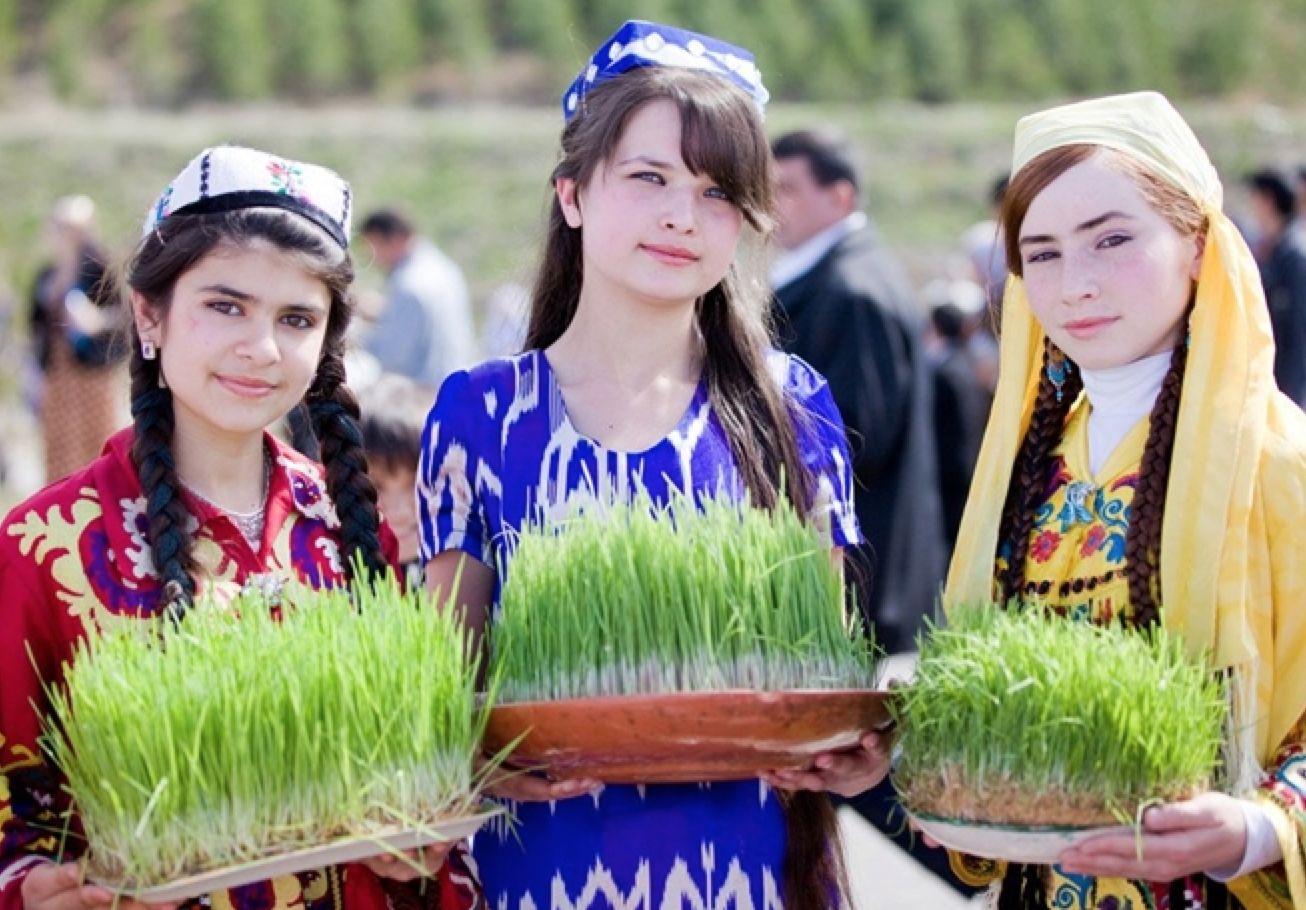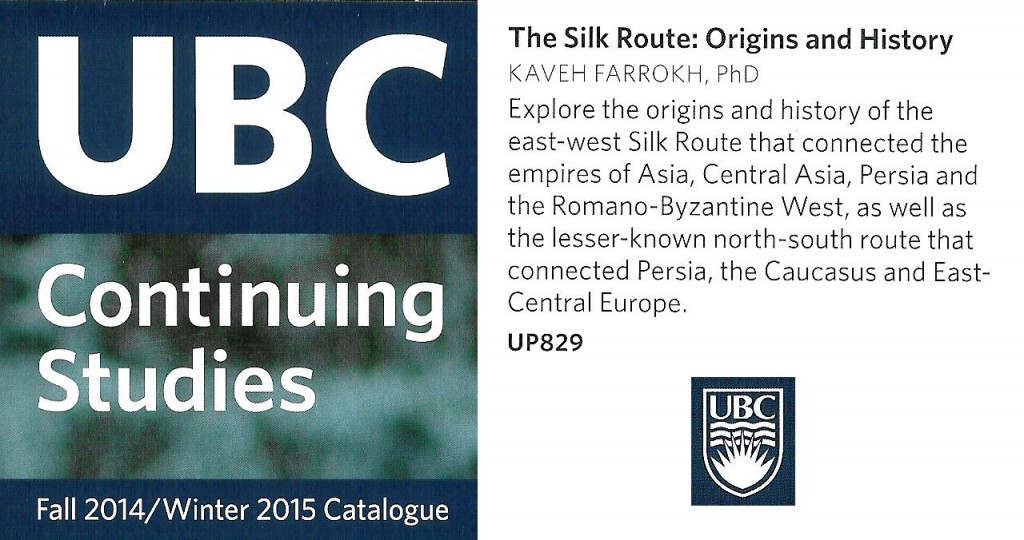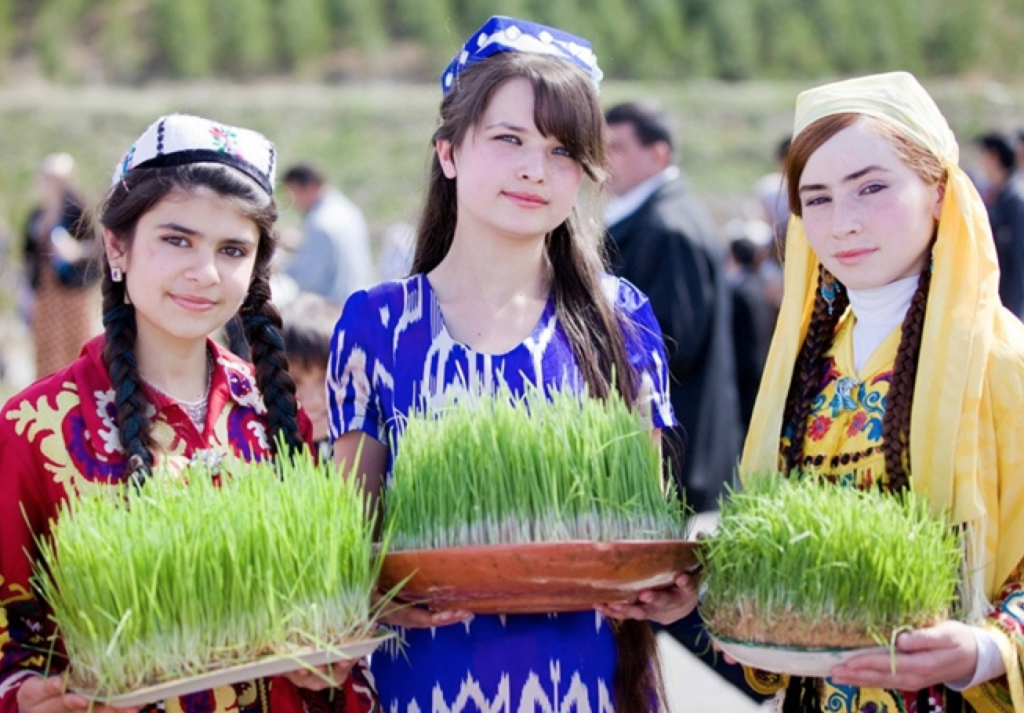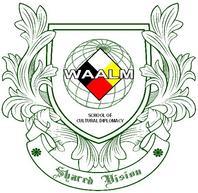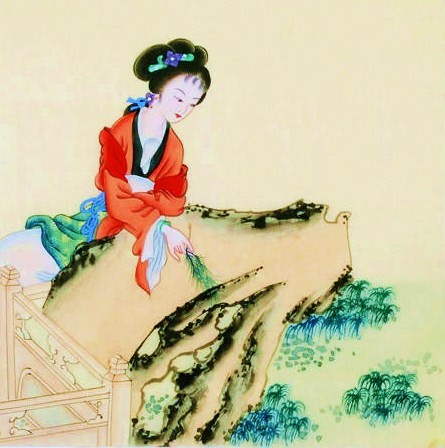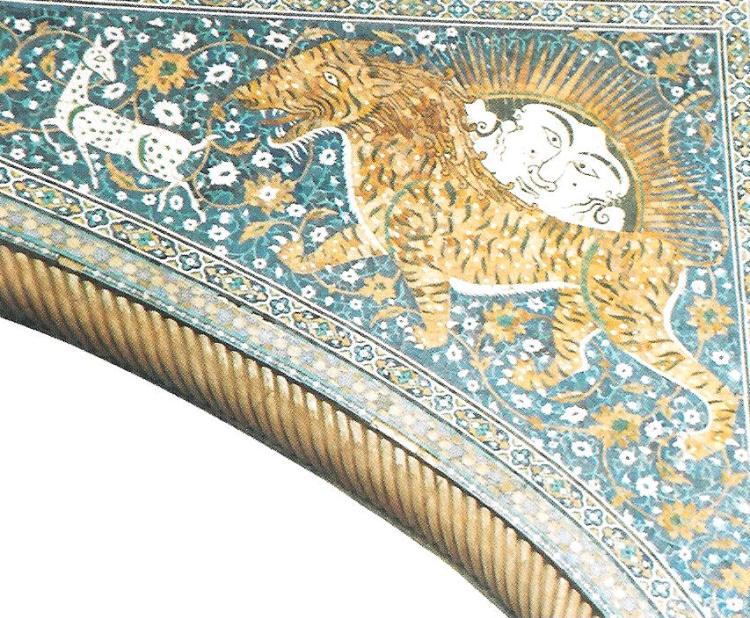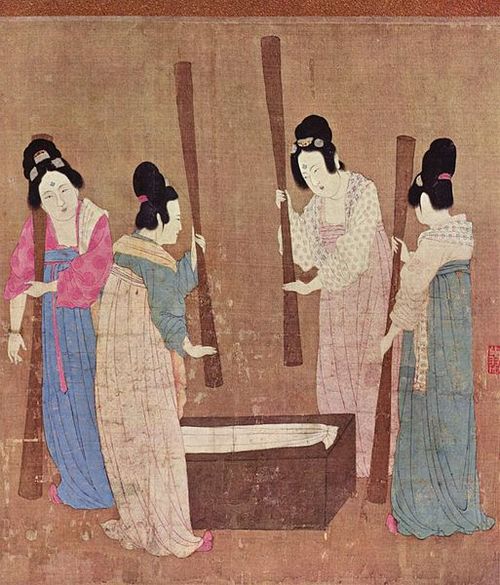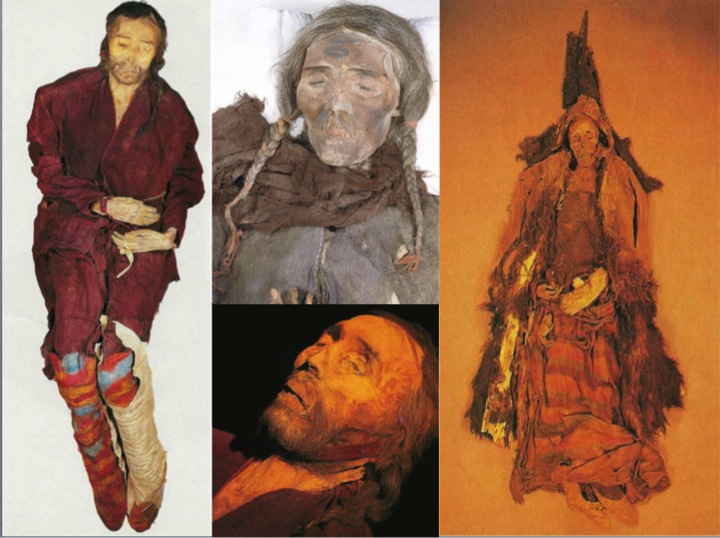A new course by Kaveh Farrokh entitled “The Silk Route-Origins and History” is being offered at the University of British Columbia (final lecture on December 16, 2014):
The lectures will be delivered at the Tapestry Center in the University of British Columbia’s Wesbrook Village. For information on registration, etc., kindly contact the University of British Columbia-Continuing Studies Division.
Tajik girls celebrate the Iranian Nowruz (New Year) on March 21, 2014 in Dushanbe, Tajikestan.
Below is a synopsis of the course as delivered in the Class syllabus:
“The origins and history of the east-west Silk Route that connected the empires of Asia, Central Asia, Persia and the Romano-Byzantine West, as well as the lesser-known north-south route that connected Persia, the Caucasus and East- Central Europe. Emphasis will be placed on the development and transfer of the arts, music, culture, mythology, cuisine, and militaria. The peoples of the Silk Route from China across Eurasia, Central Asia, Persia to Europe are also examined”
The curriculum and impetus of this course is the direct outcome of meetings with the Cultural Diplomacy’s Department of Traditions & Cultural History of the WAALM Academy based in London, England. WAALM is affiliated with the Academic Council On The United Nations System (ACUNS) and The International Peace Bureau. WAALM was nominated for the Nobel Peace Prize in 2011. Kaveh Farrokh has been featured in WAALM’s Tribune Magazine (click here…).
Chinese painting of Leizu (Xi Ling Shi) the ancient Chinese empress credited with inventing silk in c. 2700 BCE; she was the teenage wife of the Yellow Emperor Huangdi.
The “Shir Dar” (Lion Gate/doorway) of the Islamic college at Samarkand built originally in 1627 (Nafīsī, 1949, p. 62). The sun motif is characterized by Kriwaczek (2002, picture Plate 1) as ”…the image of Mithra, the rising and unconquered sun, Zoroastrian intercessor between God and Humanity” (Courtesy of Kriwaczek, 2002).
Chinese women produce silk in the 12th century CE.
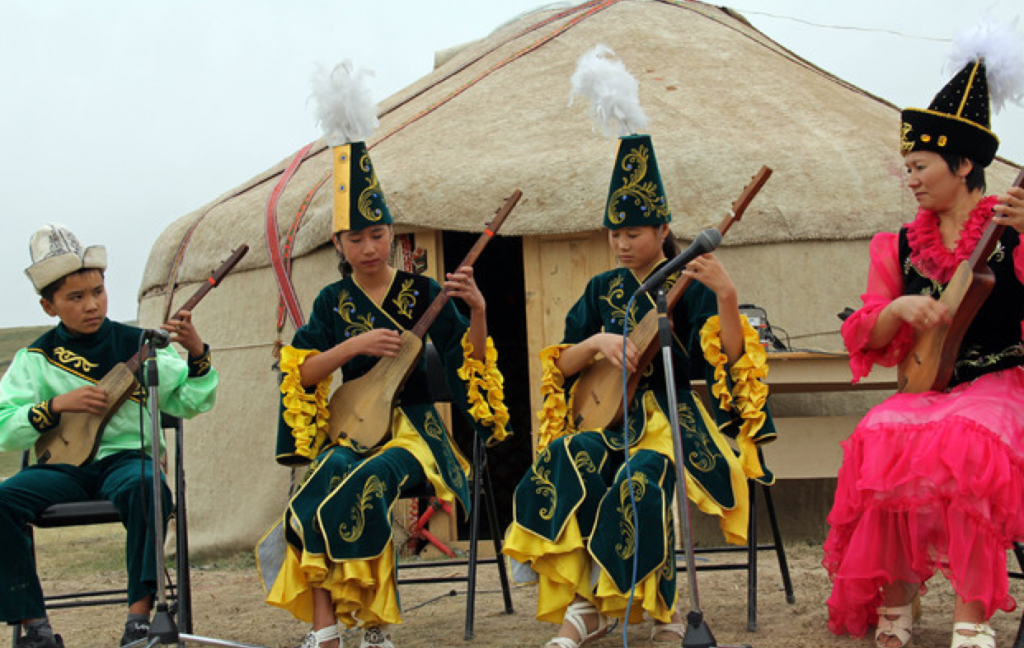 Kyrgyz musicians performing with traditional instruments. Hsiang-Nou races replaced Iranian speaking peoples of Central Asia; Despite this: These greatly assimilated the cultural and mythological traditions of their Iranic predecessors.
Kyrgyz musicians performing with traditional instruments. Hsiang-Nou races replaced Iranian speaking peoples of Central Asia; Despite this: These greatly assimilated the cultural and mythological traditions of their Iranic predecessors.
One of ancient founding peoples of the Silk Route? Mummies bearing Caucasoid features uncovered in modern northwest China; these were either Iranic-speaking or fellow Indo-European Tocharian (proto-Celtic?). Archaeologists have found burials with similar Caucasoid peoples in ancient Eastern Europe. Much of the colors and clothing of the above mummies bear striking resemblance to the ancient dress of pre-Islamic Persia/Iran and modern-day Iranian speaking tribal and nomadic peoples seen among Kurds, Lurs, Persians, etc. (Source: Kaveh Farrokh’s lectures at the University of British Columbia’s Continuing Studies Division – this was also presented at Stanford University’s WAIS 2006 Critical World Problems Conference Presentations on July 30-31, 2006, the annual Tirgan event at Toronto (June, 2013) and at Yerevan State University’s Iranian Studies Department (November, 2013) – Diagram is Copyright of University of British Columbia and Kaveh Farrokh). For more on this topic, see also here…

